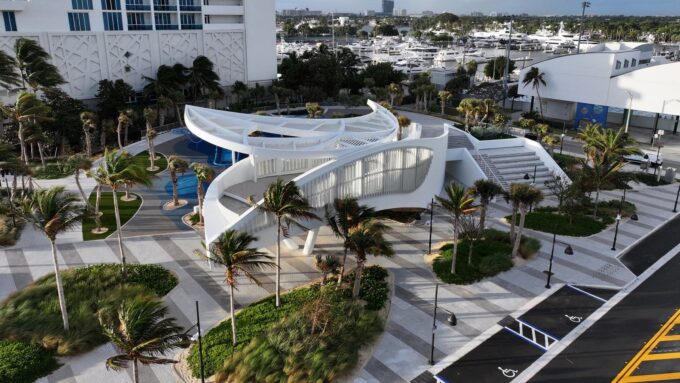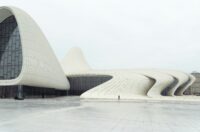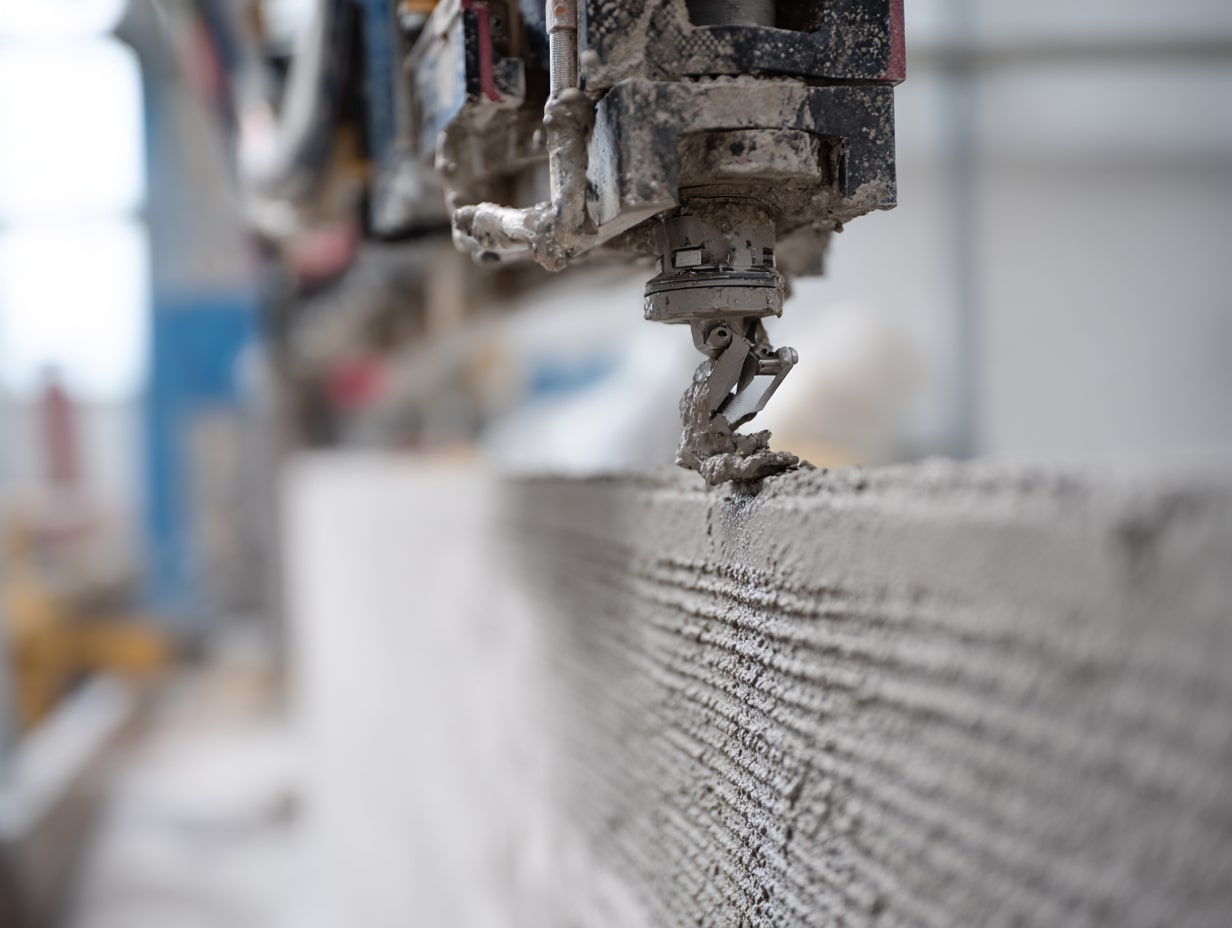- Home
- Articles
- Architectural Portfolio
- Architectral Presentation
- Inspirational Stories
- Architecture News
- Visualization
- BIM Industry
- Facade Design
- Parametric Design
- Career
- Landscape Architecture
- Construction
- Artificial Intelligence
- Sketching
- Design Softwares
- Diagrams
- Writing
- Architectural Tips
- Sustainability
- Courses
- Concept
- Technology
- History & Heritage
- Future of Architecture
- Guides & How-To
- Art & Culture
- Projects
- Interior Design
- Competitions
- Jobs
- Store
- Tools
- More
- Home
- Articles
- Architectural Portfolio
- Architectral Presentation
- Inspirational Stories
- Architecture News
- Visualization
- BIM Industry
- Facade Design
- Parametric Design
- Career
- Landscape Architecture
- Construction
- Artificial Intelligence
- Sketching
- Design Softwares
- Diagrams
- Writing
- Architectural Tips
- Sustainability
- Courses
- Concept
- Technology
- History & Heritage
- Future of Architecture
- Guides & How-To
- Art & Culture
- Projects
- Interior Design
- Competitions
- Jobs
- Store
- Tools
- More
How to Combine Design and Experience for Memorable User Interactions
Discover the powerful synergy between design and user experience in our latest article! Learn how integrating these elements transforms interactions, enhances usability, and drives user satisfaction. Explore practical strategies, case studies from brands like Airbnb and Apple, and essential tools that foster collaboration and continuous improvement.

In today’s fast-paced world, blending design with experience has become essential for creating memorable interactions. We all know that great design isn’t just about aesthetics; it’s about how users feel when they engage with a product or service. By focusing on the user experience, we can elevate our designs from mere visuals to powerful tools that resonate with our audience.
As we dive into this topic, we’ll explore practical strategies for integrating design principles with user experience insights. Whether we’re crafting a website, an app, or a physical product, understanding how these elements work together can lead to innovative solutions that captivate and delight. Join us as we uncover the secrets to harmonizing design and experience for impactful results.

Table of Contents
ToggleUnderstanding Design and Experience
Design and experience work together to shape how users interact with products and services. By understanding both components, we create engaging and memorable encounters.

Importance of Design in User Experience
Design forms the foundation of user experience. Effective design influences how users perceive usability and functionality. It shapes visual elements like color, typography, and layout, which directly impact engagement. Well-designed interfaces attract users, guiding them intuitively through tasks. According to the Nielsen Norman Group, users form opinions about a website in 50 milliseconds, highlighting the critical role design plays in initial impressions.
The Role of Experience in Design Theory
Experience informs design theory by focusing on how users interact with products. Understanding user behaviors and needs drives effective design decisions. Experience emphasizes empathy, encouraging designers to consider user goals and pain points. This user-centered approach leads to solutions that address real-world issues. Incorporating experience can enhance usability and foster emotional connections, resulting in greater user satisfaction. According to IDEO, 95% of new products fail because they lack a focus on user experience.
Strategies for Combining Design and Experience
We can enhance the synergy between design and user experience through effective strategies that prioritize user engagement and feedback.

User-Centered Design Approaches
User-centered design approaches focus on understanding user needs and preferences. We conduct user research, including interviews and surveys, to gather insights directly from our target audience. We create user personas, defining characteristics like demographics, goals, and pain points. This process helps us tailor designs to address specific user requirements. Prototyping and usability testing allow us to refine our designs based on real user interactions. Iterative cycles of testing and design adjustments ensure our solutions remain relevant and effective.
Integrating Feedback Loops
Integrating feedback loops establishes a continuous dialogue between users and designers. We implement analytics tools to track user behavior and interactions with our products. Regular check-ins through surveys and feedback forms help us gather insights after launch. We analyze feedback to identify areas for improvement and prioritize updates based on user impact. Collaborating with stakeholders during design reviews allows us to gain diverse perspectives. This iterative approach fosters an adaptive design process that keeps user experience at the forefront.
Tools and Techniques
We utilize a variety of tools and techniques to effectively combine design and user experience, ensuring that our projects resonate with users and meet their needs.

Design Software and Prototyping Tools
We rely on several design software programs and prototyping tools to streamline our workflow. Popular tools like Adobe XD, Figma, and Sketch enable us to create high-fidelity mockups and interactive prototypes efficiently. These platforms allow real-time collaboration, which fosters creative input from team members and clients. Utilizing InVision for prototyping helps us gather feedback quickly, and tools like Zeplin bridge the gap between design and development by providing specifications directly from our designs. We apply these tools to visualize ideas and refine our concepts based on user feedback and usability tests.
Experience Mapping and User Journey
We create experience maps and user journey diagrams to visualize the user’s entire interaction with our products. These tools help identify pain points and opportunities for improvement at each stage of the process. By outlining key touchpoints, we can enhance user experiences through targeted design modifications. Techniques such as empathy mapping help us understand user emotions and motivations, driving design decisions that resonate deeply with our target audience. Combining these insights allows us to create a seamless experience that aligns with user expectations and enhances overall satisfaction.
Case Studies
We explore successful integrations of design and user experience as well as lessons learned from projects that didn’t achieve their goals. These case studies showcase the importance of harmonizing these elements in practical scenarios.

Successful Examples of Design and Experience Integration
- Airbnb: Airbnb merges striking visuals with intuitive navigation. Its user interface emphasizes high-quality images and user-friendly design, enhancing the overall booking experience. This focus on aesthetic appeal and functionality leads to higher user satisfaction and increased bookings.
- Apple: Apple exemplifies the unity of design and experience through its products. The seamless integration of hardware and software offers a user experience that prioritizes simplicity and efficiency. Features like the App Store promote ease of use while maintaining a visually pleasing interface, reinforcing brand loyalty.
- Slack: Slack combines design and functionality to create an engaging user experience. Its interface is visually appealing, employing a clean layout and vibrant colors. The platform’s design supports collaboration, enhancing user interaction and encouraging team productivity.
- Spotify: Spotify showcases an effective balance of design and experience by focusing on personalized playlists and user suggestions. Its clean interface and easy navigation enhance user engagement, while visually appealing graphics make music discovery enjoyable.
Lessons Learned from Failed Projects
- MySpace: MySpace represents a cautionary tale in user experience design. The site suffered from cluttered layouts and invasive advertising, which detracted from the user experience. Complicated navigation led to user frustration, causing a significant decline in active users.
- Google Wave: Google Wave aimed to revolutionize communication but fell short due to its complicated interface. Users found it challenging to navigate, negating the benefits of its innovative features. Poor integration of design and experience resulted in its discontinuation just a year after launch.
- Kraft’s iFood Assistant: Kraft’s iFood Assistant app promised culinary help but lacked a user-friendly design. Overly complex navigation and misplaced features hindered user engagement, ultimately leading to its removal from app stores.
- Quibi: Quibi aimed to reshape video consumption but faltered due to an inconsistent user experience. The platform’s design focused heavily on mobile viewing but neglected content quality. As a result, it attracted minimal viewers and ceased operations within months of launch.
These case studies illustrate the vital role of integrating design and user experience. Success stories highlight how effective collaboration fosters engagement, while failures provide valuable insights for avoiding common pitfalls.
Conclusion
Integrating design and user experience shapes memorable interactions that resonate with users. Research consistently shows that effective design significantly influences perceptions of usability and functionality. For instance, users form opinions about a website in just 50 milliseconds, highlighting the importance of strategic design decisions.
We prioritize a user-centered approach, incorporating user research and personas to inform design choices. Using tools like Adobe XD, Figma, and Sketch streamlines our workflows, allowing for real-time collaborations that enhance design outcomes. Prototyping with platforms such as InVision facilitates quick feedback, ensuring our designs align with user expectations.
Empathy mapping and experience maps visualize user interactions, identifying pain points and areas for improvement. This iterative design process fosters adaptability, ensuring continuous enhancement of user satisfaction.
Successful examples from brands like Airbnb and Apple demonstrate how harmonizing design with user experience leads to higher engagement. Conversely, lessons learned from projects like MySpace and Quibi stress the importance of prioritizing user needs in design to avoid failure. By focusing on the synergy of design and experience, we create impactful products that resonate with users and drive success.
- creating user experiences
- design and experience
- design and functionality
- design and technology
- design for engagement
- design impact
- designing for users
- Emotional Design
- experience-driven design
- experiential design
- Human Centered Design
- immersive design
- interaction design principles
- interactive design
- intuitive design
- memorable design
- seamless user experience
- user experience
- user interaction design
- user-focused design
- UX design
Submit your architectural projects
Follow these steps for submission your project. Submission FormLatest Posts
3D Printed Homes: Time, Cost, and What to Expect
3D printed homes explained: realistic timelines (24–72h walls, 8–16 weeks total), true...
How a Contact Centre Boosts Trust in Your Building Business
In construction, trust is the glue that holds projects together. Clients need...
How Real Time Parcel Geolocation Is Redefining Last Mile Efficiency for Modern Businesses
Last mile delivery has become the most critical point in the customer...
How Can Small Spaces Stay Stylish and Relaxing?
In today’s fast-paced urban lifestyle, small living spaces are becoming increasingly common....












Leave a comment